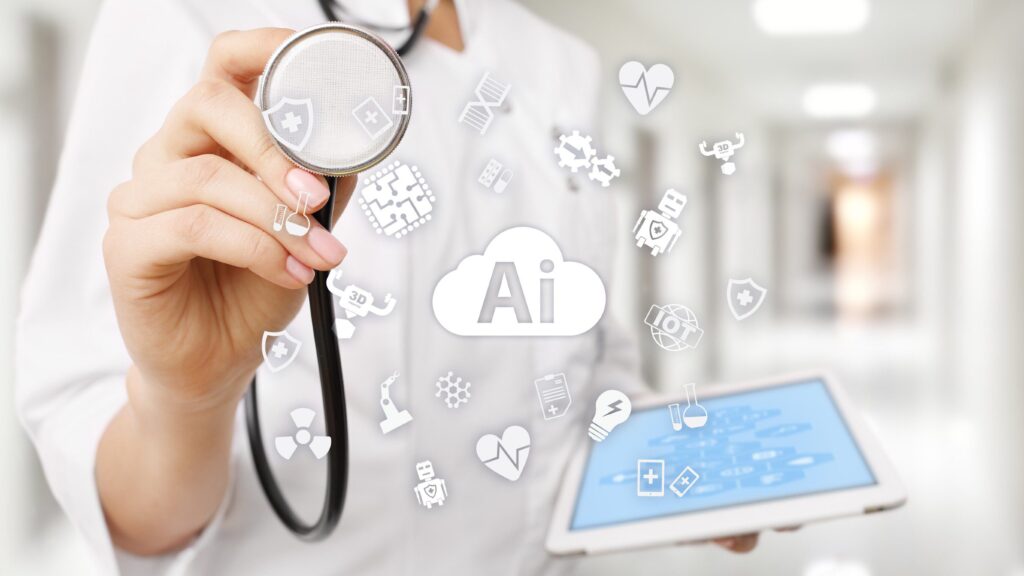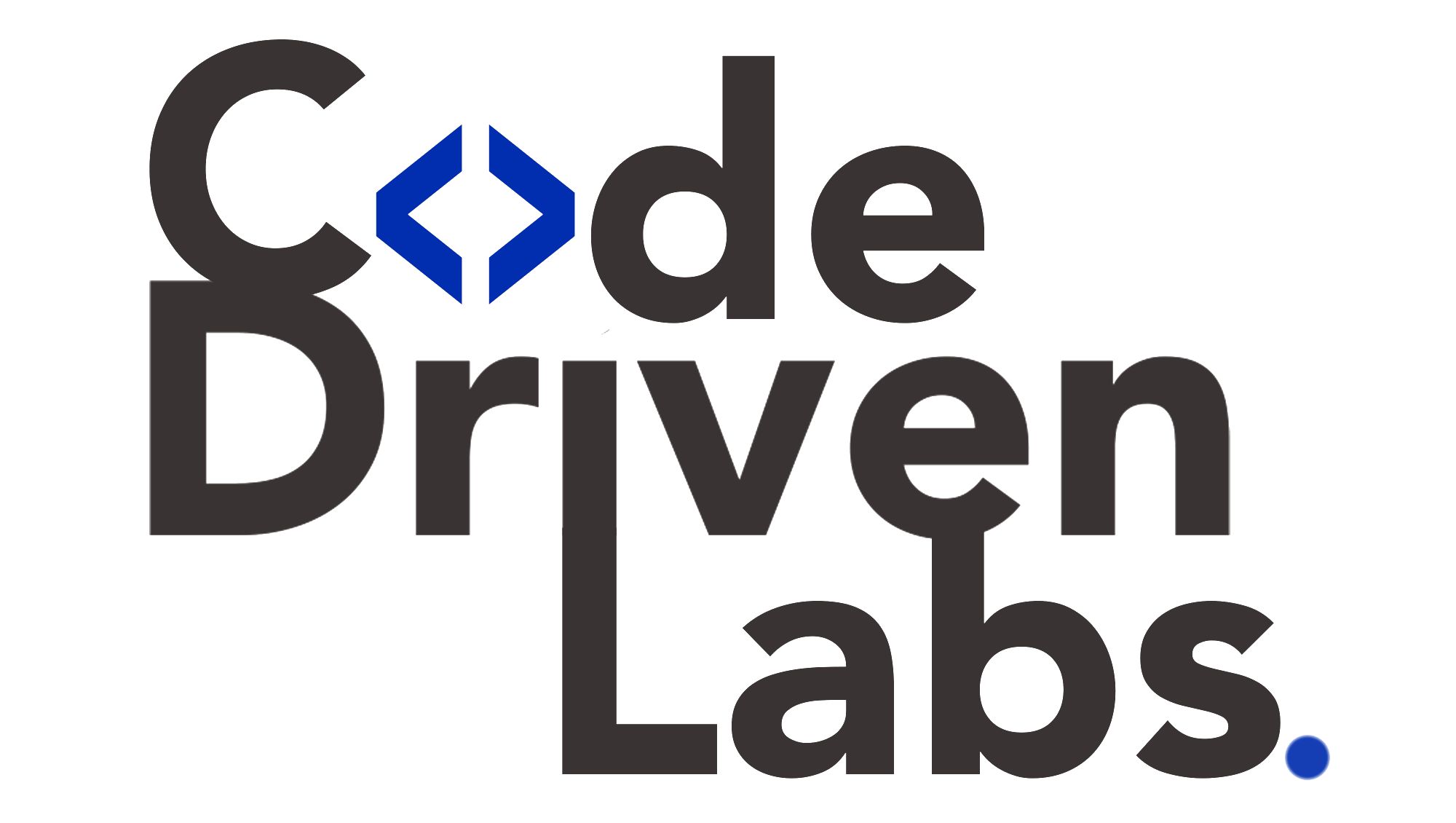Level up your business with US.
- Home
- l6
l6
August 29, 2025 - Blog
AI in Healthcare Software Development: How Intelligent Systems Are Transforming Patient Care
Healthcare is one of the most critical sectors where technology can make a real difference in people’s lives. Over the last decade, the rise of artificial intelligence (AI) has revolutionized industries worldwide, but its impact on healthcare software development is particularly profound. From improving patient outcomes to enabling predictive diagnostics, AI is transforming the way healthcare organizations design, deliver, and optimize care.
However, bringing AI into healthcare software is not just about building smarter algorithms—it involves addressing complex regulatory requirements, ensuring patient safety, and seamlessly integrating with existing systems. That’s why development teams need more than technical skill—they need structured environments like code-driven labs to test, validate, and scale AI-powered healthcare solutions safely.
This article explores how AI is reshaping healthcare software development, the benefits and challenges of its adoption, and how code-driven labs help organizations deliver intelligent systems that genuinely transform patient care.

The Growing Role of AI in Healthcare
AI is no longer a futuristic concept—it is already being deployed in clinics, hospitals, and health-tech companies worldwide. According to industry reports, the global AI in healthcare market is projected to exceed $187 billion by 2030, highlighting its rapid adoption.
Some of the most notable applications of AI in healthcare software include:
-
Predictive Diagnostics
AI-driven tools analyze medical records, imaging data, and genetic information to predict diseases before they manifest. For example, algorithms can detect early signs of cancer in radiology scans with greater accuracy than traditional methods. -
Personalized Treatment Plans
AI systems assess individual patient profiles, lifestyle data, and treatment responses to recommend tailored therapies. This personalization leads to better outcomes and reduced trial-and-error approaches. -
Virtual Health Assistants
AI-powered chatbots and virtual assistants help patients schedule appointments, remind them to take medications, and provide 24/7 access to healthcare information. -
Operational Efficiency
Hospitals use AI to optimize staff scheduling, reduce patient wait times, and manage medical supply chains more effectively. -
Drug Discovery
Pharmaceutical companies leverage AI to simulate how new compounds might interact with the human body, reducing the time and cost of drug development.
These innovations highlight how AI-powered healthcare software is moving beyond data management into real-time, life-saving decision-making.
Why AI Matters in Healthcare Software Development
Healthcare is unique compared to other industries because it directly impacts human lives. Here’s why AI-driven software is proving essential:
-
Speed: AI systems process vast amounts of medical data faster than any human. This accelerates diagnoses, clinical trials, and treatment recommendations.
-
Accuracy: Machine learning models reduce human errors in diagnosis, ensuring more reliable patient outcomes.
-
Scalability: AI-powered telemedicine platforms allow healthcare providers to serve more patients without overwhelming infrastructure.
-
Cost Reduction: By automating administrative tasks and reducing misdiagnoses, AI helps cut unnecessary expenses.
-
Proactive Care: Predictive analytics shift healthcare from reactive to preventive, identifying risks before they escalate.
In short, AI bridges the gap between growing healthcare demands and limited human resources, making care more efficient and accessible.
Challenges of Integrating AI into Healthcare
Despite its promise, AI in healthcare software development faces several challenges:
-
Data Privacy and Security
Healthcare data is sensitive and highly regulated. Developers must comply with standards like HIPAA (U.S.) or GDPR (Europe) when designing AI systems. -
Regulatory Compliance
Every AI-powered healthcare application must undergo rigorous validation and approval from authorities like the FDA before being deployed. -
Bias in AI Models
If training data is incomplete or biased, AI may produce inaccurate or discriminatory outcomes, potentially harming patients. -
Integration with Legacy Systems
Hospitals often rely on outdated infrastructure. Ensuring that AI solutions integrate seamlessly with electronic health record (EHR) systems is a major challenge. -
High Stakes
Unlike other industries, errors in healthcare software can be life-threatening, meaning reliability is non-negotiable.
These challenges make it clear that healthcare software developers need controlled, secure environments for building and testing AI solutions. This is where code-driven labs come in.
How Code-Driven Labs Help Build Safer AI in Healthcare
Code-driven labs provide automated, collaborative, and secure environments where teams can design, test, and validate healthcare software powered by AI. They reduce risks and accelerate innovation by combining automation, compliance, and observability in one ecosystem.
Here’s how they specifically help in healthcare AI development:
1. Safe Experimentation with Sensitive Data
Developers can use synthetic datasets within labs to experiment with AI models while protecting patient privacy. This ensures compliance with regulations while still allowing innovation.
2. Automated Testing for Compliance
Labs automate compliance checks by embedding policy-as-code frameworks. Every software build is automatically validated against healthcare regulations like HIPAA, GDPR, or FDA standards.
3. Continuous Integration and Deployment (CI/CD)
AI models require frequent updates as new data is introduced. Code-driven labs provide CI/CD pipelines tailored for healthcare, ensuring updates are tested and deployed safely without disrupting patient care.
4. Collaborative Development
Healthcare software involves multiple stakeholders—developers, doctors, data scientists, and compliance officers. Code-driven labs create shared environments where all parties can collaborate, reducing communication gaps.
5. Risk Mitigation
By simulating real-world workloads (e.g., hospital patient spikes), labs allow teams to test system scalability and resilience before deploying to production.
6. Observability and Monitoring
AI models are not static—they evolve as new data arrives. Labs integrate monitoring tools to detect anomalies in predictions, ensuring reliability and fairness over time.
7. Skill Development and Training
For healthcare organizations transitioning into AI-powered systems, code-driven labs act as training grounds where teams can learn new tools and validate workflows in a safe environment.
In essence, code-driven labs act as the backbone of reliable AI-powered healthcare development—balancing speed, compliance, and safety.
Real-World Applications of AI in Healthcare Software
To understand the role of AI and code-driven labs better, let’s look at examples across the healthcare ecosystem:
1. Radiology and Imaging
AI algorithms detect anomalies in X-rays, MRIs, and CT scans with higher precision. Code-driven labs validate these models with test cases to ensure accuracy across diverse populations.
2. Telemedicine Platforms
AI enhances telehealth apps by offering real-time symptom checkers and language translation. Labs test scalability to ensure platforms can handle peak patient loads.
3. Patient Monitoring
Wearable devices track vital signs and send real-time data to AI-powered dashboards. Labs simulate patient conditions to verify accuracy and system response.
4. Clinical Trials
AI accelerates patient recruitment by identifying eligible candidates based on medical histories. Labs automate validation to comply with regulatory standards before deployment.
5. Predictive Healthcare
AI predicts patient readmission risks, helping hospitals take preventive action. Labs ensure predictive models perform reliably under different data inputs.
Best Practices for AI-Driven Healthcare Development
-
Prioritize Data Ethics: Use anonymized and representative datasets to reduce bias.
-
Adopt DevSecOps: Integrate security testing early in the development cycle.
-
Test in Realistic Environments: Use code-driven labs to simulate real-world conditions.
-
Focus on Explainability: Ensure AI models can provide transparent reasoning for their decisions.
-
Iterate Frequently: Continuously improve AI models based on real-world feedback.
The Future of AI in Healthcare Software
The next decade will see AI moving deeper into healthcare, driving innovation in areas such as:
-
Digital Twins: Virtual replicas of patients to simulate treatment outcomes.
-
Precision Medicine: Highly personalized treatments based on genetic data.
-
AI-Powered Robotics: Robots assisting in surgeries and rehabilitation.
-
Predictive Public Health: AI forecasting disease outbreaks using global health data.
In this future, code-driven labs will remain essential—providing the foundation for safe, scalable, and compliant innovation.
Conclusion
AI is transforming healthcare software development from the ground up—enabling faster diagnostics, personalized treatments, operational efficiency, and proactive care. But the high stakes of healthcare mean that AI must be built with uncompromising safety, compliance, and reliability.
This is where code-driven labs come into play. They provide the structured, automated environments that allow healthcare organizations to build, test, and deploy AI-powered systems with confidence. By ensuring compliance, facilitating collaboration, and enabling safe experimentation, code-driven labs make it possible for healthcare providers to deliver intelligent systems that truly improve patient outcomes.
